
Silybum Marianum
Milk thistle
My Latin name, Silybum marianum, comes from the Greek word ‘sylibon’, meaning ‘tassel’, and the Latin word ‘marianum’, for the Virgin Mary.
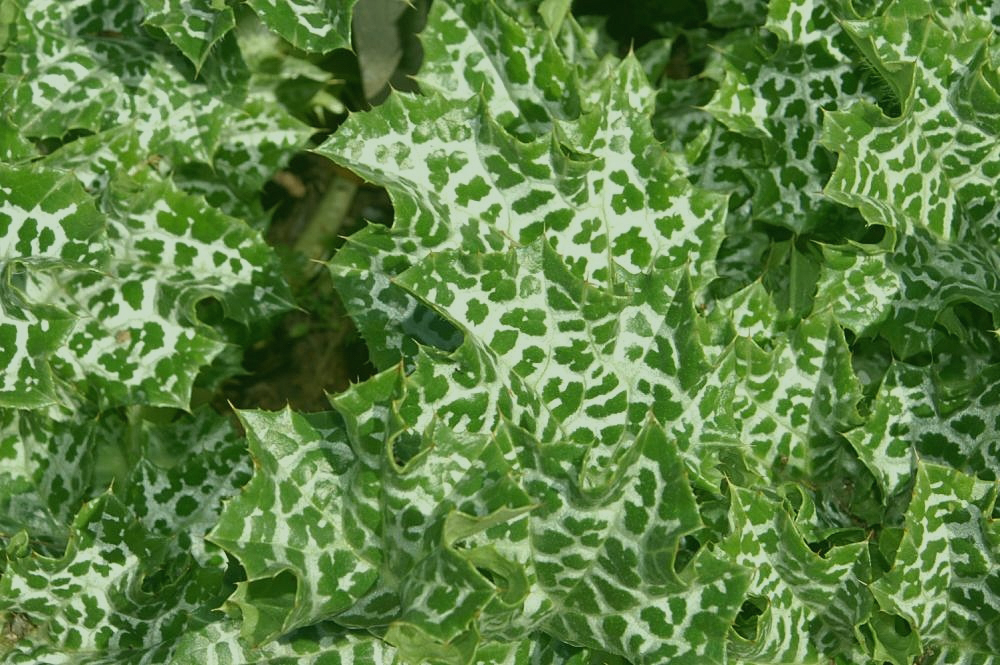
Neighbouring countries have given me similar names, all of course in their own languages. In the Netherlands they call me ‘Mariadistel’, in France ‘Chardon-Marie’ or ‘Lait de Notre-Dame’, and in Germany ‘Mariendistel’.
Both my names, ‘Mary thistle’ and ‘milk thistle’, refer to my white-veined leaves.
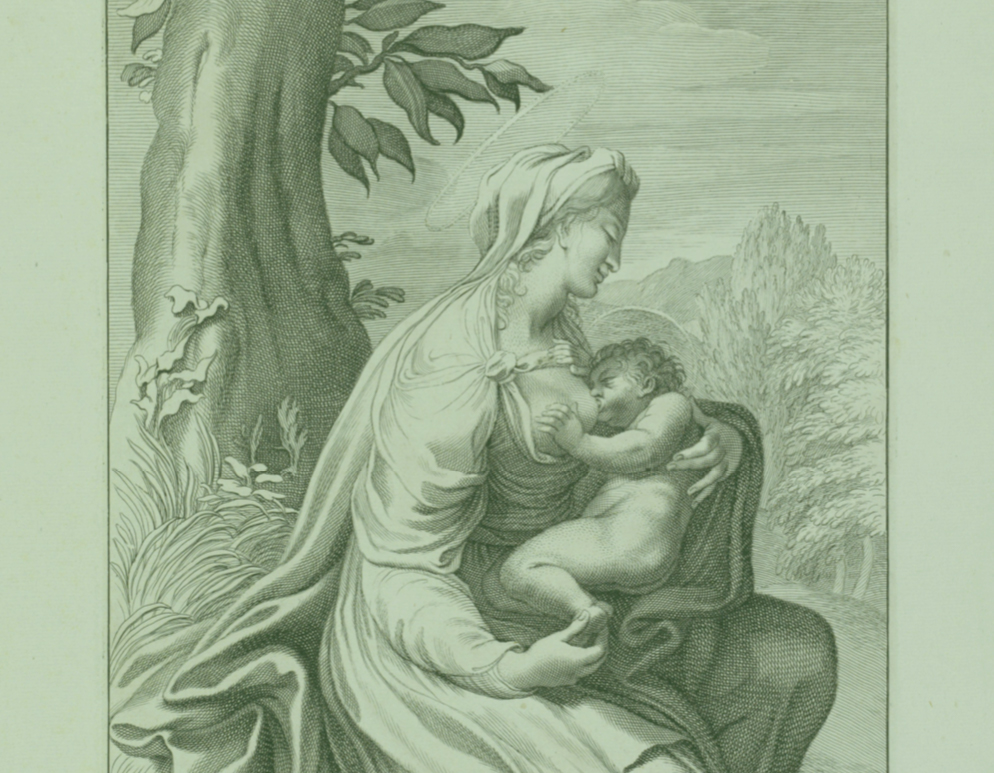
Legend has it that while the Virgin Mary was nursing the baby Jesus, she spilt some drops of breastmilk. The drops fell onto my leaves, where milk-white streaks formed.
Long ago they also called me ‘Our Lady’s milkweed’ or ‘Our Lady’s breastweed’.

I’m called a thistle these days, rather than a weed, because I’m so prickly.
My beautiful purple flowers are well protected by large, sharp thorns. They’re not there for nothing: they stop me from being eaten by insects.
And they’ll probably tear your clothes as you brush past.

I have been used in folk medicine for hundreds of years.
The Greek physician Dioscorides made tea with my seeds to treat poisonous snakebite or a violent cough, and the Roman scholar Plinius the Elder wrote that I should not be cooked, but that I was an excellent medicine for carrying off bile.
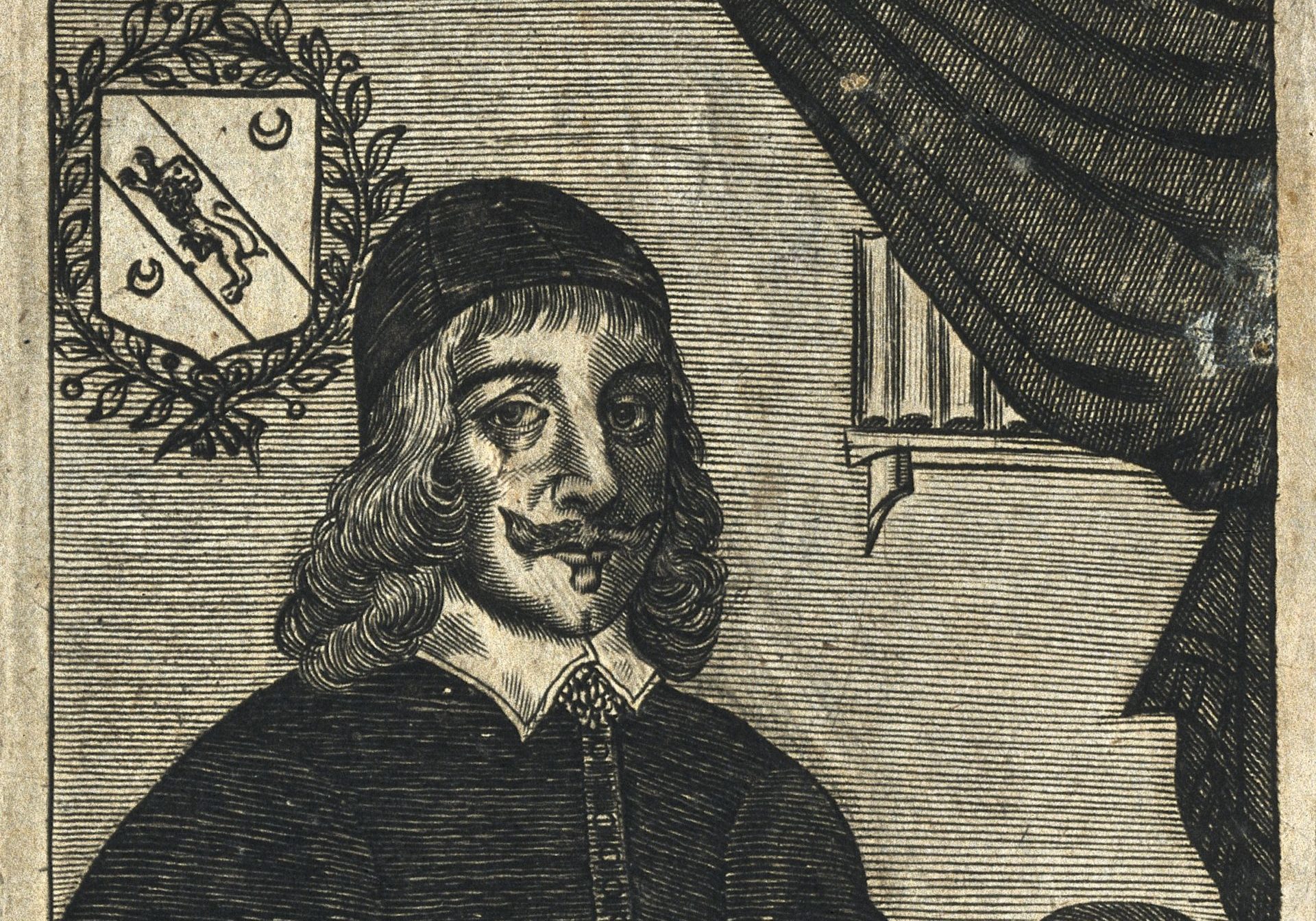
The 17th-century British herbalist and pharmacist Nicholas Culpeper was also full of praise for me. According to him I could prevent blockage in the liver and spleen, and could even protect against and cure the deadly plague – no easy matter!
Still, as far as the liver is concerned Culpeper was on the right tracks. My seeds contain several remarkable substances, together known as ‘silymarine’, which do indeed have liver-protecting qualities and which stimulate the growth of new liver cells.

For instance, in modern medicine silymarine is used as a potentially lifesaving antidote to poisoning by mushrooms containing amatoxin, a potent group of toxins that cause liver failure and death.
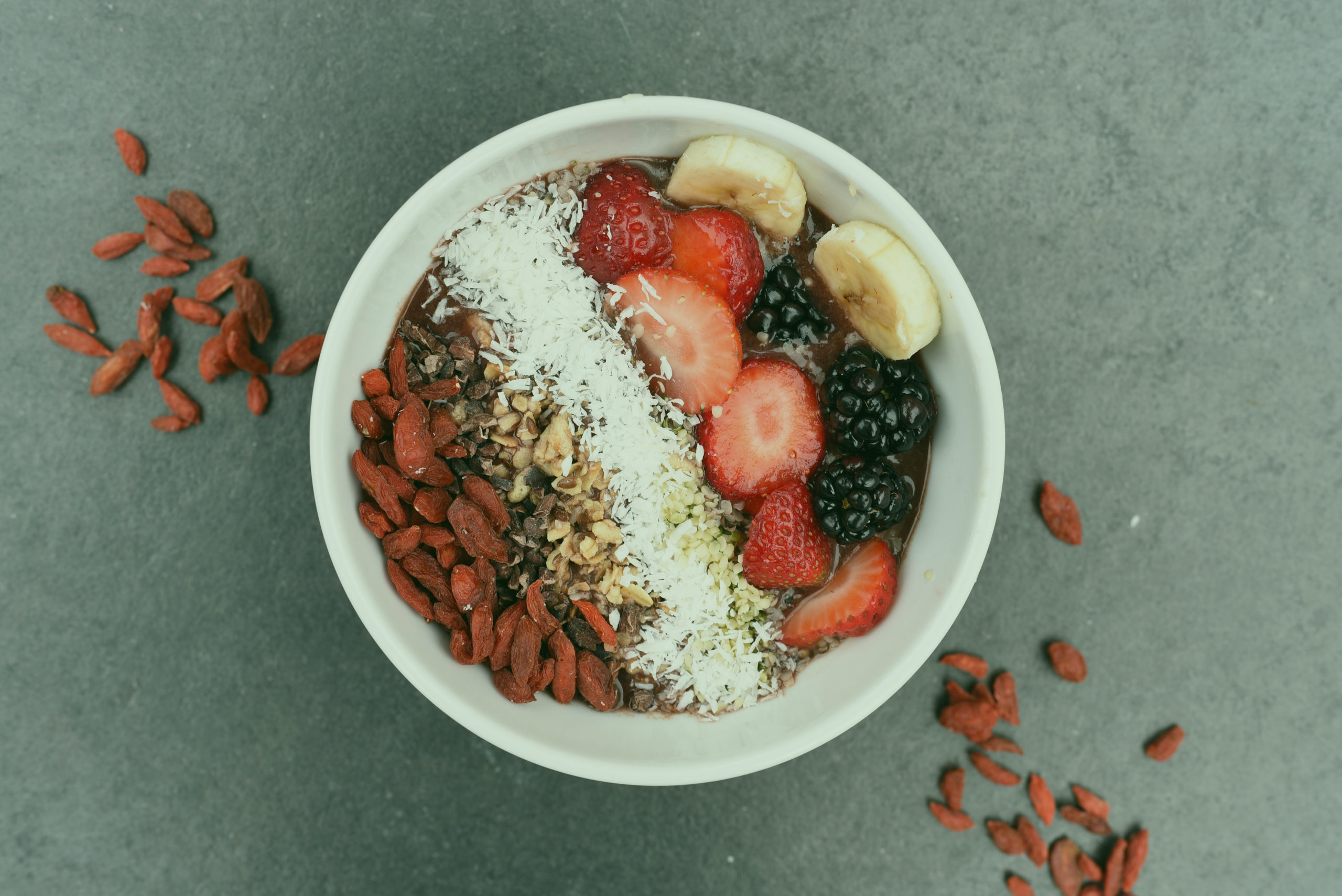
Like chia seeds and goji berries, I have become a popular ‘superfood’. Lots of celebrities and diet guru’s stir me into their yoghurt every morning.
So what do they think is so wonderful about me? Well, I am said to have a detoxifying and purifying effect on the liver, so they think that a bit of milk thistle detox will bring that important organ back into tip-top condition in no time.
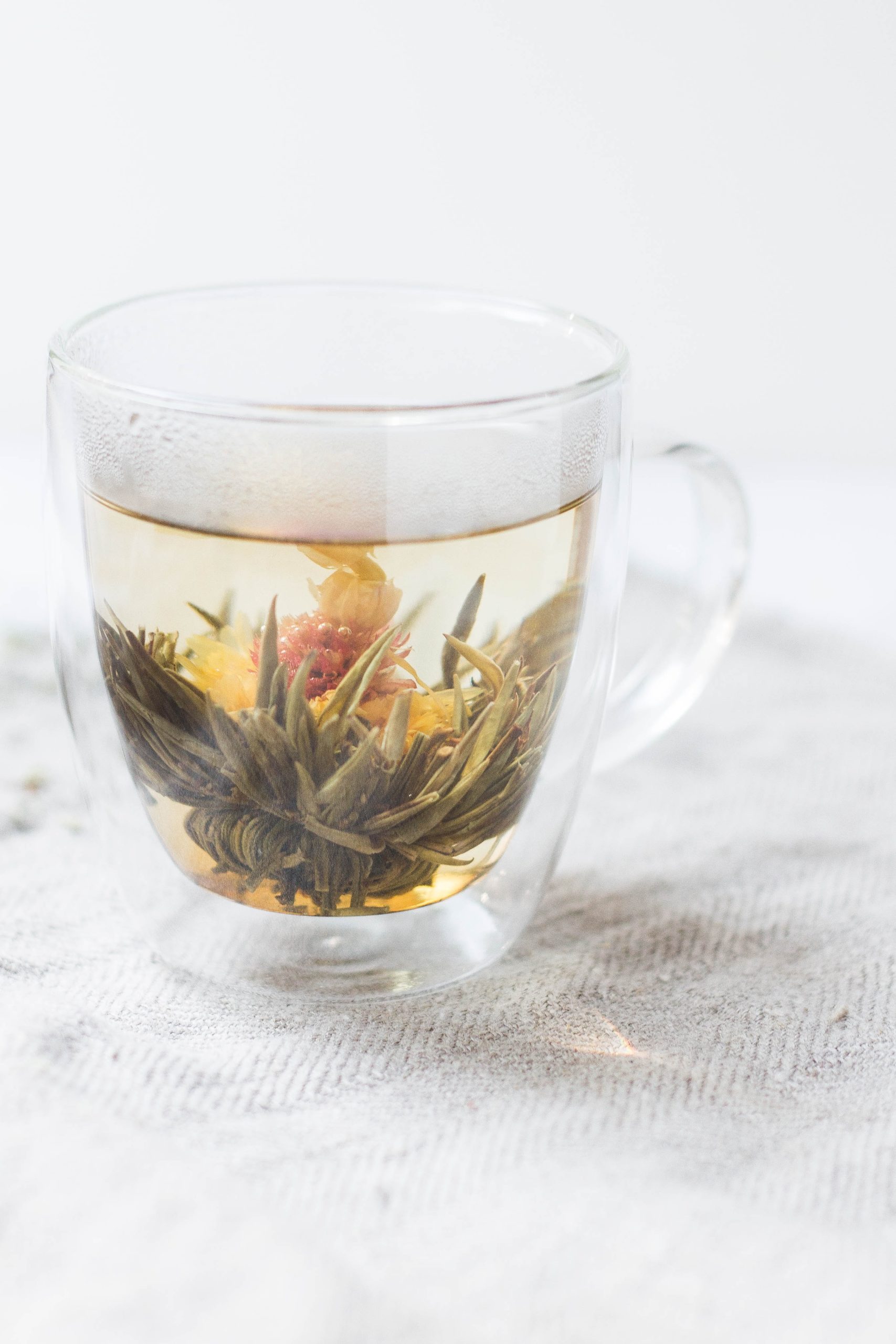
And they put me into all sorts of food supplements: milk thistle capsules, milk thistle tablets, milk thistle teas, milk thistle juice, and so on.
These are supposed to help with stomach ache, heartburn, bloating and nausea.

So do they work? Well, the liver is perfectly able to clean up waste products; after all, that’s what it’s there for. Detoxification is a natural process by which the liver processes the materials taken into the body and converts any dangerous or even poisonous substances into other substances that can be safely excreted through the bile ducts and intestine.
So a milk thistle diet is mostly just expensive: a little bit of thistle seed costs rather a lot. Not bad, is it, for a weed!
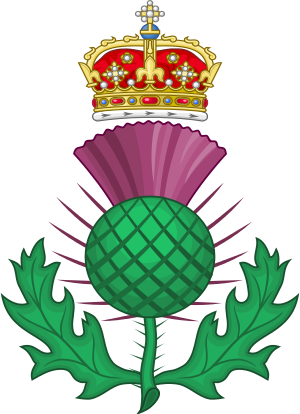
Next to the kilt, the bagpipes and whisky, there is nothing quite as Scottish as the thistle. I am the national flower of Scotland.

How that came about has to do with the period in which Scotland was still being ravaged by barbarian Vikings, about 1200 years ago.
Legend has it that enemy Northmen had planned to surprise the Scottish army with its pants down, by attacking at night. To make as little noise as possible, the bearded ruffians took off their shoes and went barefoot.
As they crept towards the Scottish warriors, one of them stepped right on a thistle, yelled out in pain, and immediately woke the Scots.
The Scottish troops engaged the Northmen, vanquished them, and adopted the purple thistle, which had saved the day, as their national symbol. Is the story true? Well, maybe. It’s a good story, anyway.
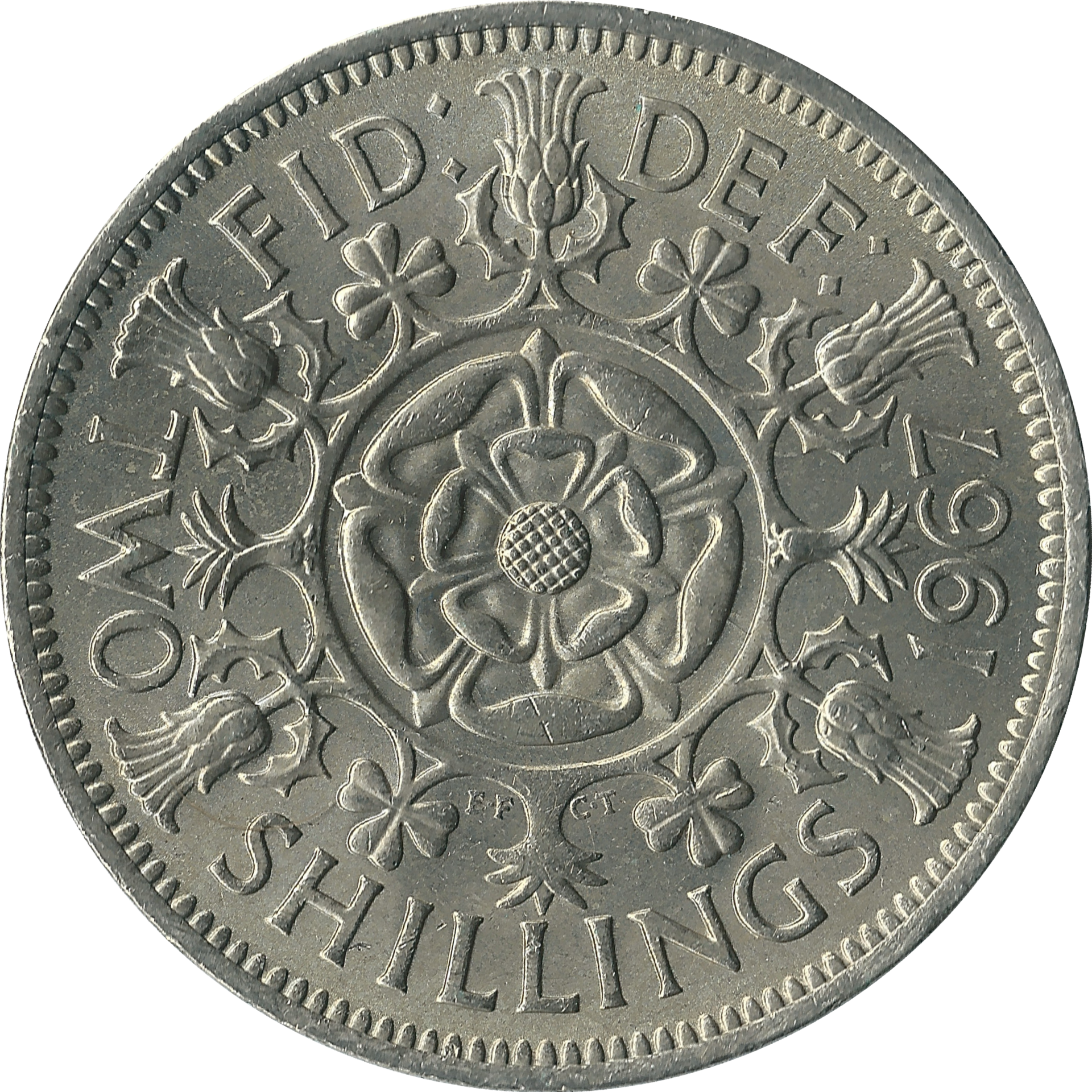
So now I appear on all sorts of Scottish emblems and coins, and since 1687 there’s even been an ‘Order of the Thistle’ – the highest order of chivalry in the land – with admission awarded to Scots who have made a particularly outstanding contribution to national life.

Whether the ‘Scottish thistle’ is actually a milk thistle, or some other relative, is still being argued by the experts; some suspect that it is either cotton thistle (Onopordum acanthium) or musk thistle (Carduus nutans), but others are certain that it is spear thistle (Cirsium vulgare).

A thorny issue.



Hi, my name is Milk thistle. Do you want to know where my name comes from?
ELSPETH DIEDERIX
SILYBUM MARIANUM
(MARIADISTEL)
2021, 45 X 30 CM
Milk thistle
name
Silybum marianum
Height
90 cm
Flowering time
June-July
Family
Asteraceae
name
Silybum marianum
Height
90 cm
Flowering time
June-July
Family
Asteraceae












